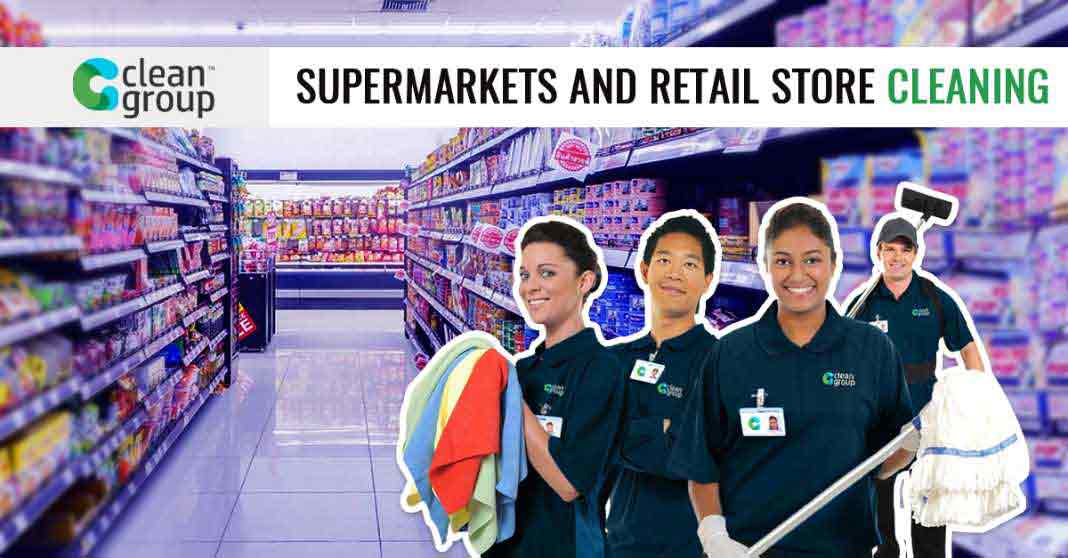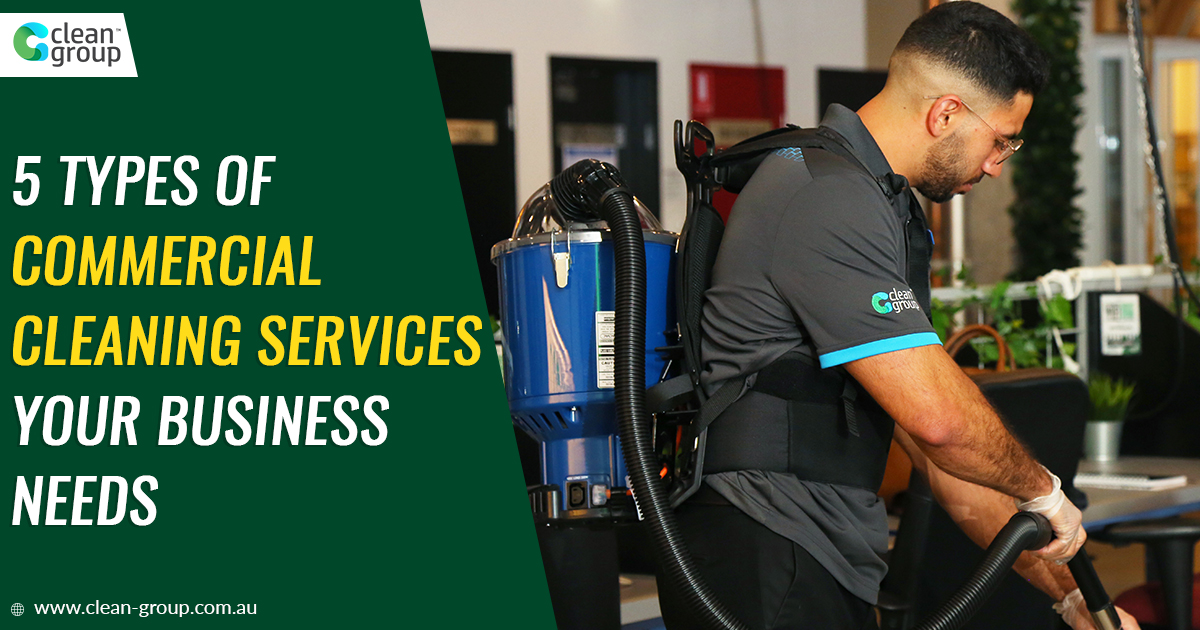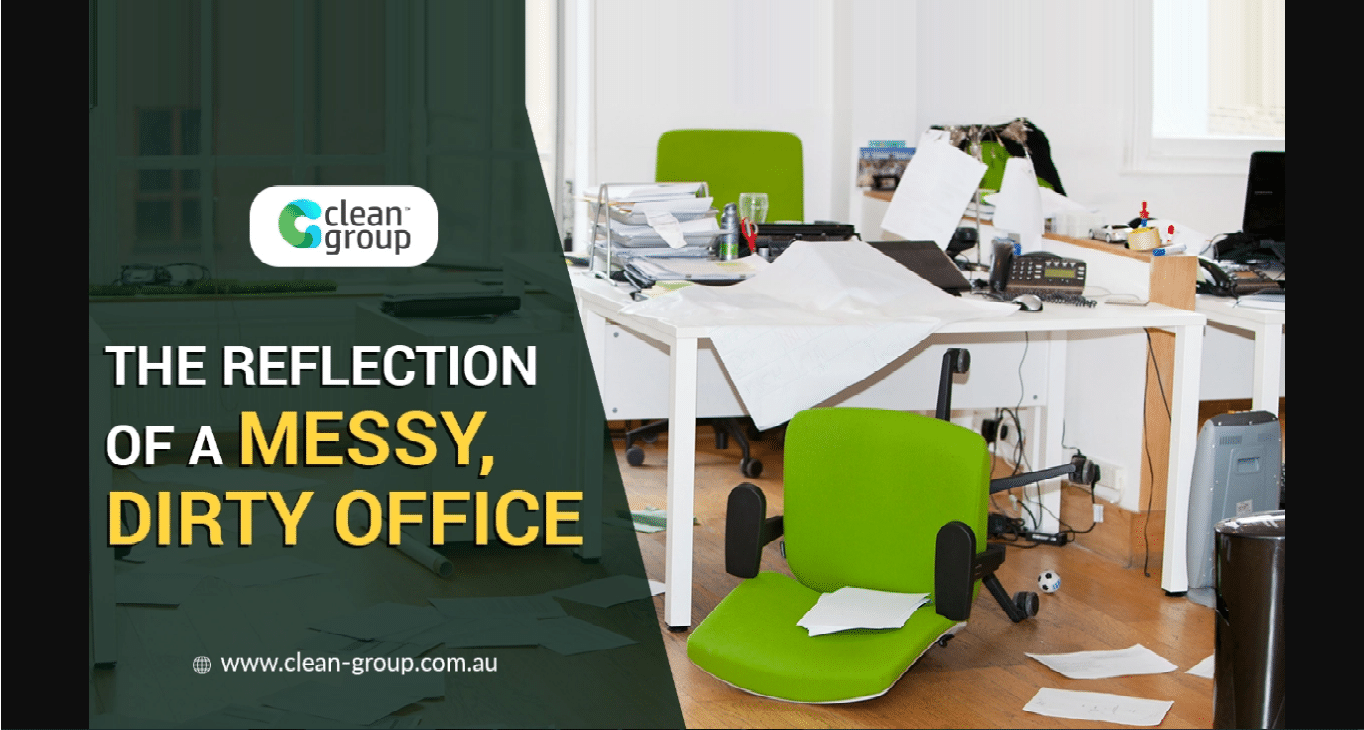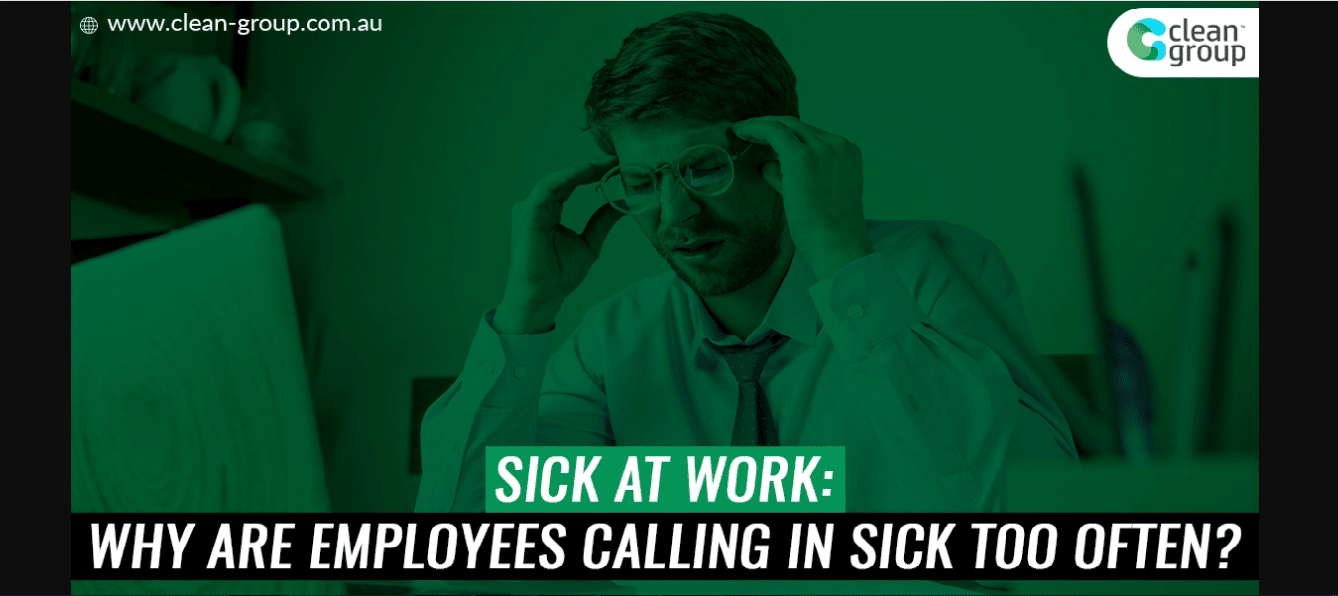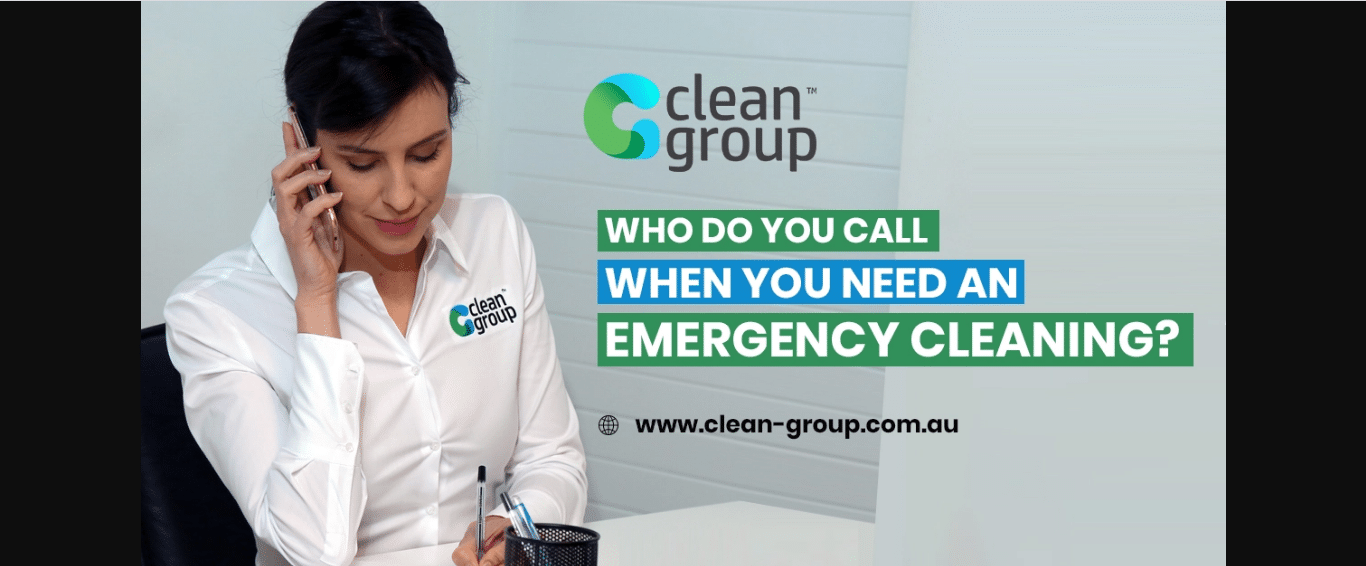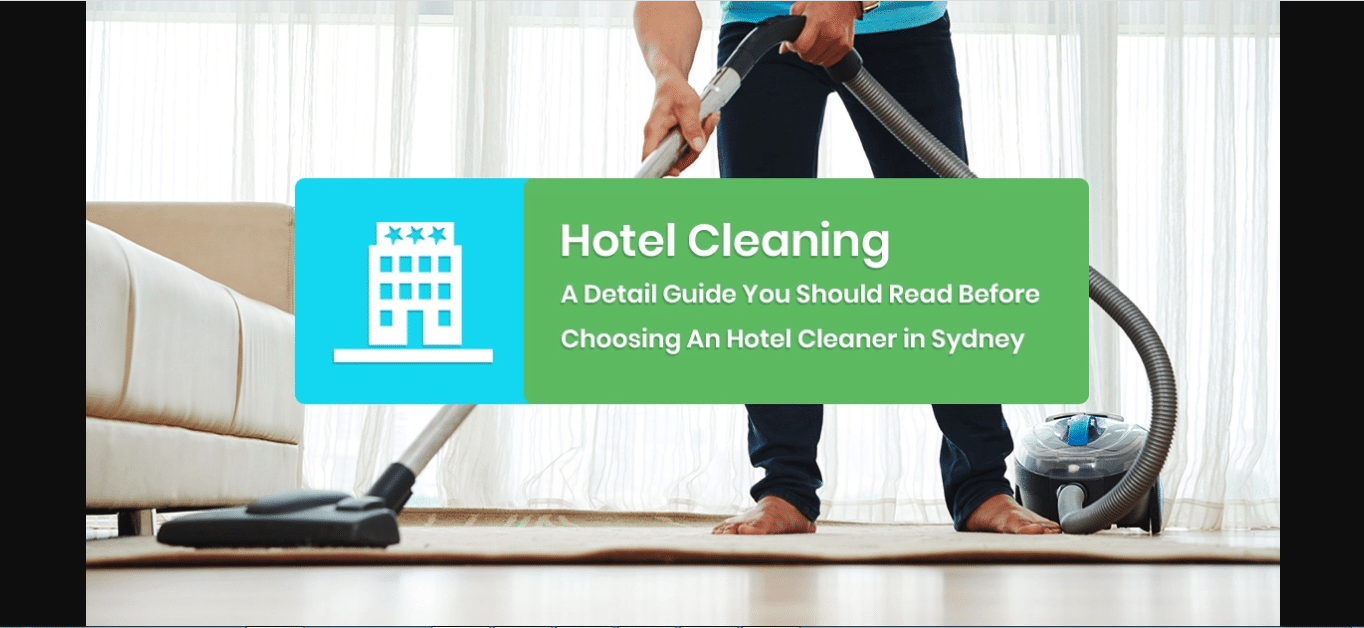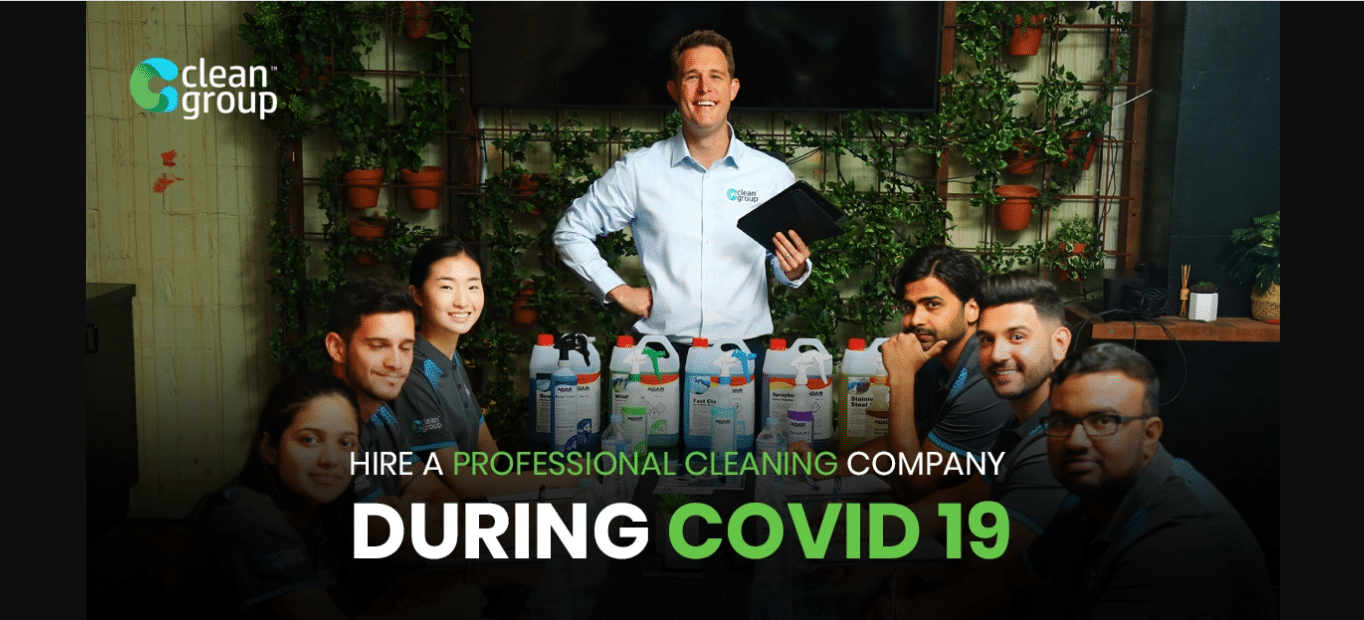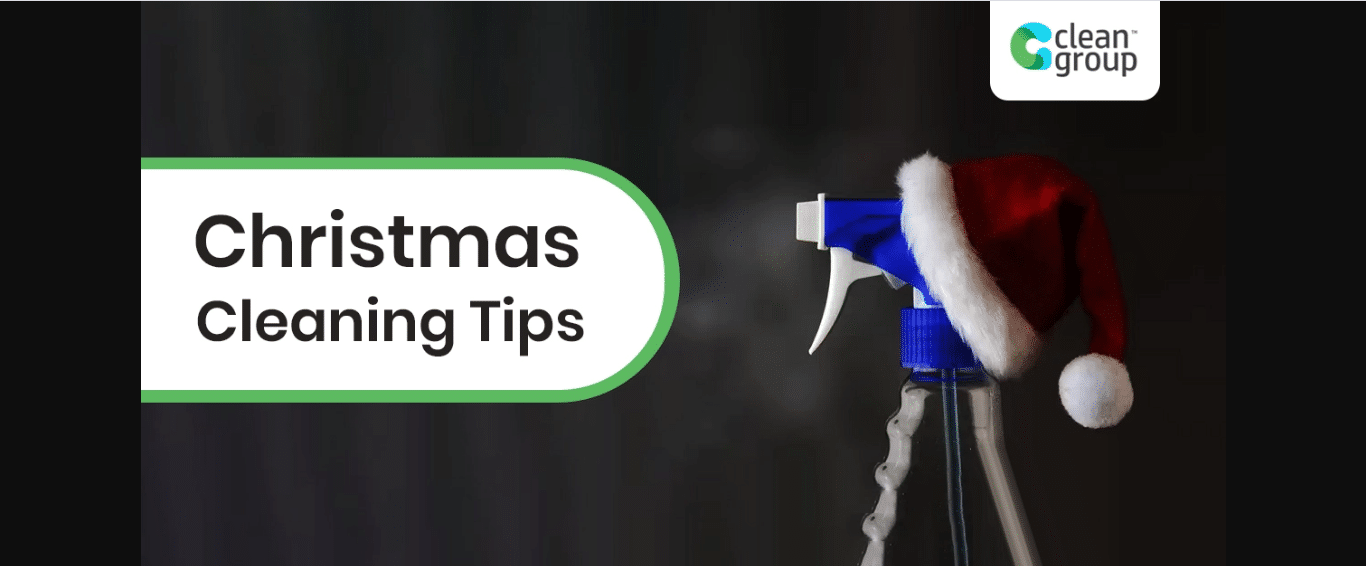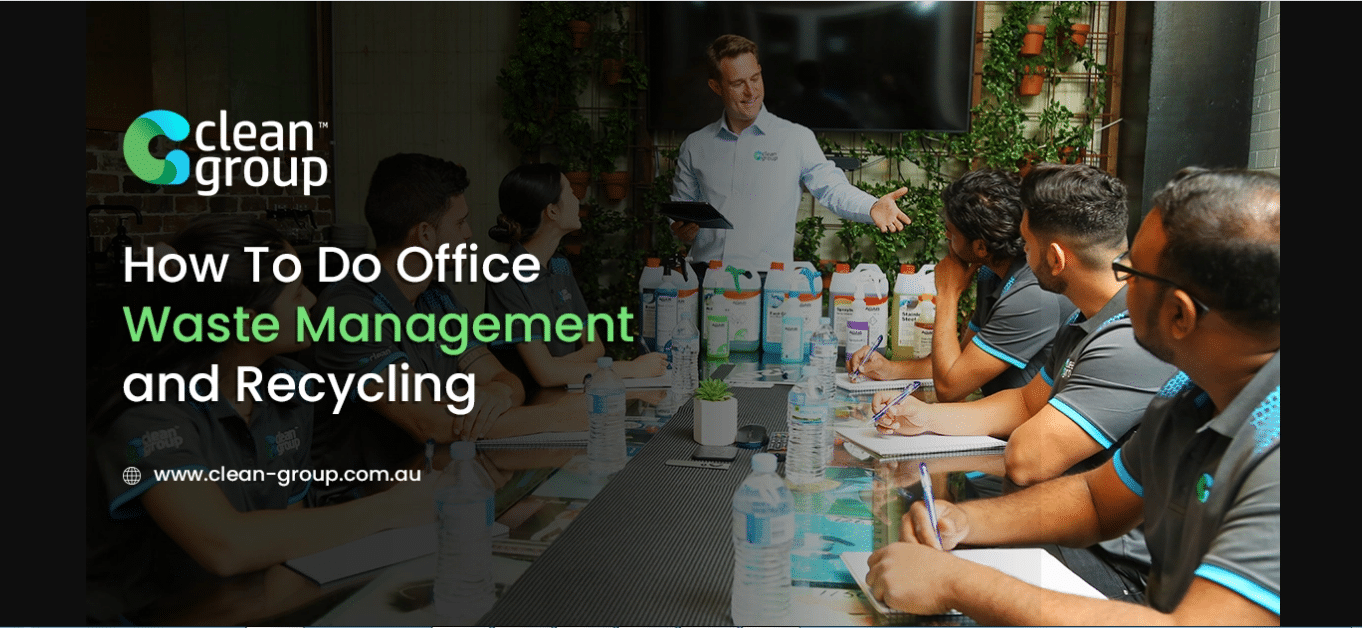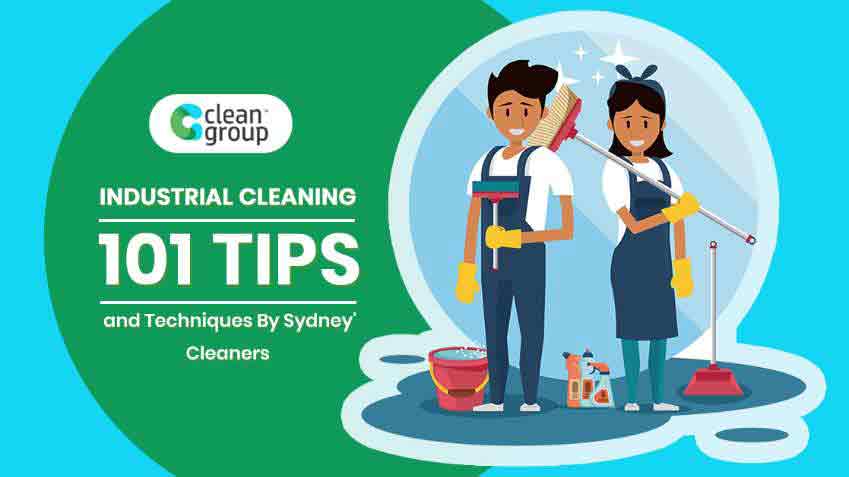Supermarkets are one of my favourite places. I enjoy my time spent inside a store. I can see a lot of nice and unique items that can be both useful and affordable. Most people get their food and cooking needs from a grocery.
It is a massive place with so many shelvings. Don’t you ever wonder how the supermarket’s management maintains cleanliness for the whole store? A lot of store owners invest in commercial cleaners. Clean Group Brisbane is one of the largest commercial cleaning companies that has been successful for so many years in providing nothing but excellent services to different commercial businesses such as schools, data centres, gyms, medical institutions, etc.
Our Childcare Cleaners Brisbane, School Cleaners Brisbane, Medical Cleaners Brisbane and other professional commercial cleaners never failed to make the place shine by leaving it spotless.
We want everyone to know that maintaining a business like this is not easy, but it is worth your time and effort if you know how to hire the right people and how to run a business with all honesty.
This article will pretty much cover everything that we had learned in the industry for over 20 years.
We will share with you the do’s and dont’s on how to properly clean and deal with supermarket clients. This market is desirable because of the revenue that it can offer if you learn how to run it right. Feel free to read through and learn from us.
What is Supermarket (Retail Store) Cleaning?
Before you start considering supermarket jobs, ask yourself first if your company is ready for a full-fledged cleaning service.
What do we mean by this? The supermarket is known to have a demanding standard for cleanliness because this is what attracts customers. Customers will most likely buy their food and other needs if they know that the store is clean and sanitized.
No one in their right mind will buy their primary needs from a place known to be infested or dirty. Retail Cleaning Brisbane offers supermarket cleaning from top to bottom. We are the only company who knows how to maintain large surfaces with high foot traffic.
Our cleaners work tirelessly around the clock to provide a clean and sanitized place where you can shop and window shop. Cleanliness and hygiene play a significant role in a supermarket. Your store should be free from smell, crawling and flying insects.
A cleaning should have enough staff to cover three rotating full-time shifts. You should always keep a back-up plan in case your team called in sick or just could not report for work.
You should be prepared to face all these kinds of a nuisance. You should be ready with an action plan on how to carry on with the cleaning.
Why do you need to consider hiring a full-time cleaner?
- It is good to be prepared in case a visitor decided to show up.
- You will not know when a customer or a customer’s kid will knock into something and will create a mess
- For weather-related issues like snow coming into the store, or rain. At least you have a reliable cleaner that will mop away all the hazards in your store.
- Floors have to be continuously cleaned as foot traffic brings in dust and dirt to your store.
- A regular cleaner should always be on duty to collect rubbish and to wash contamination if the need calls for it.
- Clean Group Brisbane takes ownership in cleaning and keeping your store tidy so that you can focus more on growing your business.
Clean Group Brisbane: A Short Cut To Cleaning A Supermarket
The purpose of the section of this article is to help supermarket operators reduce their maintenance, sales, and energy loss by properly cleaning and maintaining refrigerated display cases.
Data proves that without a regular cleaning program, the following can happen:
- High refrigeration repair costs
- EVAC System repairs
- High power bills
- Decreased product life
- Reduced sales
- Higher maintenance costs as equipment life is reduced
Facts
- 5% of your power bill can be attributed to dirty equipment
- You can save $400 from an $8,000 power bill when you maintain clean equipment
- Customers cannot buy your products if it is stored in broken equipment
- 50% of all service calls are because of dirty equipment
- Dirty cases cost supermarket operators 5% energy penalty every month
Safety Requirements for Sanitation in Cleaning the Cold Cases
- All sources of electrical power must be turned off before cleaning.
- Cases may have multiple sources of electrical power. Cases may have separate electrical circuits for fans, lights, and defrost heaters.
- Locate and turn off all electrical breakers for the unit
- If you have questions about the power source, always contact your equipment provider.
- Sheet metals and coil surfaces have sharp edges. Use personal protective equipment to prevent injury.
Steps on How to Properly Clean The Refrigeration Equipment
- Check and clean all cases and floor drains
- Make sure EVAC is completely functional
- Place and move all the merchandise in a cooler box
- Remove all the bottom grates and pans from the display case
- Make sure to turn off the refrigeration by shutting off the liquid line valve in the display case
- Most drains are located at the centre of the case
- Use hot water to remove the ice
- Never use an ice pick or sharp object to remove ice
- Iced up evaporator coils
- Using your pressure washer, wash the bottom of the case and the coils.
- Remove and clean the honeycomb.
- Dirty honeycombs can block airflow by up to 50% increasing compressor run time, lowering product life and quality.
- Remove by loosening brackets with a screwdriver
- Wash with a hose at the mop sink
- Clean honeycomb every time you clean your case
- If the honeycomb calls for replacement, notify your refrigeration service company.
- Clean the drain line
- Flush the drain line until there is a full flow of water coming out of the drain line.
- Clean the floor sink and put back screen to prevent debris from clogging the drain.
- Fasten the clips on both sides of the fan housing.
- Reconnect the fan plugs and wrap them with black electrical tape.
- Turn on the refrigeration by turning on the liquid line valve in the display.
- Replace all the bottom pans back on the display case
- Install the bottom grates again on the display case.
- Properly restock and load cases to conserve energy and reduce strain on compressors.
- Quickly move merchandise from the cooler to the cases.
- Rotate the merchandise.
- Do not overload the display case.
Display cases are designed to remove the heat from the surrounding air. Your cleaner should remember to rotate the merchandise every once in a while because food colour and texture depreciate rapidly without proper refrigeration. Rotating the items in the display cabinet also prevents ice build-up on products and shelves.
Clean Group Brisbane is familiar with the load limits of almost all sizes of display cabinets. You should know that overloading these display racks has a direct impact to the compressor’s running time. It also increases the defrost requirements and increases operational costs.
Here are the common areas and what Clean Group does:
Entrance and Exit Points
- Sweep and vacuum mats and entryways
- Clean the doors and windows internally and externally
- Remove cobwebs from the entryways
- Clean and dust the signages
- Collect rubbish
- Make sure that proper collection of trash is maintained for the exterior rubbish bins
- Wipe or wash benches, rubbish bins, etc.
Store Area
- Empty all rubbish bins
- Wipe and dust display shelves
- Mop and Sweep hard floors
- Wipe and dust furniture, fixtures, and wall decors
- Vacuum carpet
- Wipe display cabinets
- Vacuum upholstery
- Wipe and clean glass partitions, mirrors, and glass surfaces
- Arrange merchandise displays
- Spot clean walls
Check-Out Area
- Clean and wipe the check-out stands
- Collect rubbish
- Clean and wipe the display area
- Clean and wipe any glass surfaces
- Arrange merchandise displays
Toilets
- Sweep and mop the floors
- Collect rubbish
- Wipe and sanitize all doorknobs and doors
- Refill soap, hand towels, and toilet paper
- Clean and disinfect toilets and urinals
- Wipe all mirrors and glass surfaces
- Clean sink and chrome fixtures
- Clean and disinfect baby changing stations
These are just some of the helpful knowledge that we can share with you. If you are aspiring to venture the supermarket cleaning, feel free to explore and see if it will meet your desired revenue.
Cleaning supermarkets can be challenging at first, but it will be gratifying in the long run as long as you have established your brand and built your reputation.
We want to know if there is anything we can do to help you. Feel free to ask us a question by putting a comment down below. Let us start a conversation that will make you grow.
